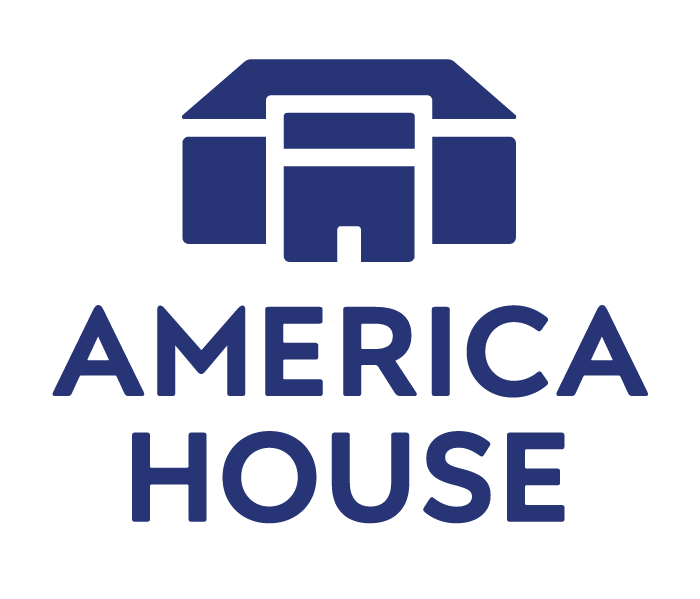Celebrating a Sustainable Fourth of July: Americans at the Farmers’ Market
Every year, Americans flock to the stores to stock up on fireworks, food, and other items necessary to celebrate the holiday. Recently, Americans have been increasingly visiting local farmers’ markets to get the goods they need for the big day. I visited my own local farmers’ market to get the scoop on what kind of items were sold, how they were sold, and the types of people that came to shop and sell there. What I found were members of my community shopping sustainably and with quality in mind.
What is sold?
The first thing that stands out at the market is the quantity of items available. While I could see that visitors to the market had baskets full of fresh fruits and vegetables, they also had items like honey, soap, and candles. There were vendors selling plants and flowers, as well as oils and even bread. There was a bountiful array of items that would fulfill the perfect Fourth of July meal for any family.




How are things sold?
While walking around the market, you will see that most vendors accept payment with cash, credit card, and SNAP (a federal program to assist in food purchasing for low-income people). Many of the items are packaged in reusable paper bags or other packaging. Most of the visitors to the market come prepared with their own bags or carts, so there is minimal single-use plastics being exchanged.
Who is there?
The farmers’ market is an amazing place for families to come and enjoy the day. People from all walks of life come to the market to buy quality products. The vendors themselves come with their families to ease the workload that comes with running a table. All around, you can find people talking with others about their products or just their daily lives. The vibrance of the products is mirrored by the people that buy them.


Why the market?
Some might be wondering: why buy from the farmers’ market when you could buy readily available products from the supermarket? There are many upsides to purchasing locally, one being that you are supporting the community in which you live. By buying from vendors in your community, you are putting money back into it so that it can continue to be beautiful. Additionally, buying products from the farmers’ market cuts down on transportation, or the distance food has to travel to get to you. This is important, as food transportation is a large CO2 contributor within the United States.
Most of the products at the farmers’ market are organic and sold using sustainable techniques; I spoke to a cattle farmer who explained to me the importance of sustainable techniques at her farm, as well as the importance of raising her animals with no antibiotics or hormones. This is just an example of one vendor who was passionate about her sustainable practices among a sea of others just like her at the market.
Vocabulary list:
Farmers’ market (n.) — a marketplace, usually outside, where farmers come to sell their products to the public.
“Get the scoop” (idiom) — to get information about something.
Sustainable (adj.) — in an environmental context, meeting the needs of today without disrupting the needs of the future.
Vendor (n.) — someone who sells a product.
Bountiful (adj.) — large amounts of something, generous.
Array (n.) — an arrangement or order of something
Single-Use plastics — any plastic item (a bottle, bag, container, etc.) that can only be used once or a limited amount of times.
“Walks of life” (idiom) — used to recognize diverse people and places.
Vibrant (adj.) — being full of life or energy.
“Readily available” — able for use or purchase immediately.
Local (n.) — referring to the immediate area. Not general or widespread.
Contributor (n.) — someone or something that aids in an event.
ABOUT THE AUTHOR
Amber Breese is a third-year student at the University of Florida in Gainesville, Florida pursuing a double major in History and Political Science with a minor in Russian language. She is currently working on her post-graduation plans which include joining the Peace Corps to work with youth in Ukraine. In her free time, you can find her reading, exploring her city, or watching films. She aims to work in public diplomacy, travel far and wide, and eventually own her own sustainable farm.





